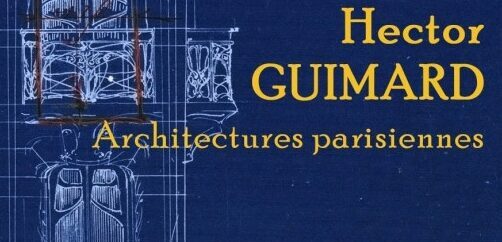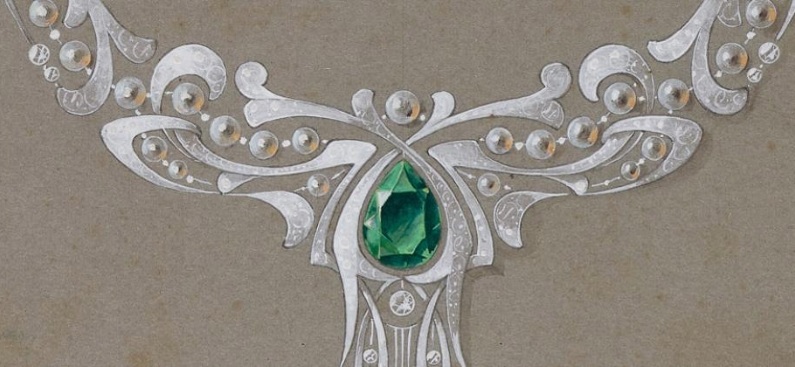The Antoni Gaudí exhibition at the Orsay Museum in Paris, which closed last Sunday, has been a complete success with 551,852 visitors, the institution said on Wednesday.
It is the museum’s second exhibition with the highest frequency of daily visitors, with 6,597 people on average, and the fourth with the highest total influx, the museum said in a statement. The most successful public exhibition in Orsay Museum ever was “Picasso. Bleu et rose”, which took place between 2018 and 2019, and registered 670,667 visitors, 6,962 daily.
The exhibition about Gaudí, which took place from April 12 to July 17, was the first retrospective dedicated to the architect in France, and offered, in addition to his creations, immersive sets of his most important constructions.
The exhibition explored the artistic process of Gaudí (1852-1926), in addition to showing several pieces of furniture and replicas, such as his famous inverted model that preceded the Basilica of the Sagrada Família.
The exhibition dealt with the work that the artist developed at a local level as well as the international projection and vision that characterized his entire career, until he died, in 1926, after being run over by a tram aged 74. He was an architect who was part of a moment of great artistic and intellectual production, and who led the creation of a new modern language of the time and who was the forerunner of avant-garde movements such as the surrealist
Along the way, the visitors have discovered an artist who “embodied paradoxes”, in the words of Elise Dubreuil, one of the curators of the exhibition. Gaudí was both “very loved and popular in Barcelona during his lifetime then forgotten, refined and austere, proud and humble”, summed up the curator in charge of the decorative arts collections at the Musée d’Orsay. The memory of the Catalan architect faded for several years, before finally being brought back to light by the surrealists, including his compatriot Salvador Dali.
Christophe Leribault, the president of the Musée d’Orsay and the Musée de l’Orangerie, thanked the Nacional Art Museum of Catalonia (MNAC) for their collaboration and generous loans which made this project possible.
Earlier this year we informed about Antoni Gaudí retrospetive in Paris and showed you the way to pay buy the tickets. See article HERE
Gaudí and Paris: a key relationship
Antoni Gaudí was not a traveller, but Paris played a key role in his biography. His display case for the Comella glove shop, one of the first works of the recently graduated Gaudí, caused a sensation because its innovative language, when exhibited at the International Exhibition of 1878. There, it was seen by Eusebi Güell, who on his return from Paris wanted to meet its author.
Their paths did not separate until 1918, with the death of the patron, for whom he built the “Palau Güell”, the crypt of “Colònia Güell” and the “Park Güell” – the unfulfilled dream of turning the Bald Mountain into a garden city inspired by the ideas of the Englishman William Morris.
Eusebi Güell himself was the promoter of the great exhibition dedicated to Gaudí at the Grand Palais in 1910.
This 2022 exhibition has been the second time that Parisians can contemplate an exhibition of a creator surrounded by myths, an exhibition that arrived to the French capital after being displayed at the Museu Nacional d’Art de Catalunya (MNAC).
The exhibition now arriving at Orsay, directed by Juan José Lahuerta, broke the stereotype of the isolated and misunderstood genius that began to be traced in the first biographies, and the legend of the mystic touched by inspiration, anti-academic and indebted to family craft and learning from nature.
Far from this, Gaudí was an intellectual connected to the thought and action of his time, an era of transformation of cities and novelties in art. And this happened both in Barcelona and in Paris, where at the turn of the 19th century the modernist French architect Hector Guimard, disciple of Violet Le Duc, built the Castel Bérenger, with organically shaped handles that decisively influenced those he made Gaudí for La Pedrera.
Gaudí, therefore, was an architect who in no way isolated himself from time, nor did he live outside of society. He erected his buildings in a time of political and social turmoil, marked by workers’ strikes and demands and the rise of Catalanism.
Gaudí worked for a bourgeoisie and a clergy that he often ended up confronting, but through who created a work that, according to some experts constitutes the highest moment of artistic and intellectual production in Catalonia at the time.
Are you a Gaudí Fan? Test your skills: https://artnouveau.club/antoni-gaudi-test-your-skills











